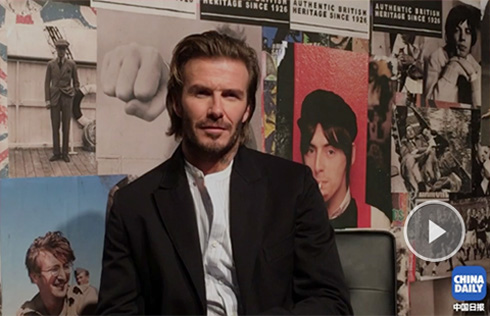Chinese history and culture reflected by bronze mirrors
 |
Everyday it seems so natural for us to carefully dress up in front of a mirror. However, before the invention of glass, mirrors were made of copper. To be more exact, they were bronze mirrors. Archaeology has proven that some bronze mirrors date back to the time of Qijia culture, an early Bronze Age culture which existed 4000 years ago, and were gradually replaced by glass mirrors in the late Qing Dynasty. Being in use for approximately 3800 years, the bronze mirror, among all ancient metal utensils, can be regarded as the most influential one that was used for the longest time, throughout the largest area.
The bronze mirror itself is a piece of art. On the back of the mirror there often cast fancy decorative patterns and words which demonstrate social points of view and the aesthetic preferences of different historical periods. The delicacy of the mirror reveals great skills and also high artistic value.
Within the 4000 years in which bronze mirrors were used, they transcended their mere practical usage to become an important image in Chinese culture. Usually we use the phrase “a broken mirror joined together” to refer to the reunion of husband and wife after an enforced separation; “a bright mirror hung high” to denote a just trial by an honest official; or “history, as a mirror, reflects itself”. Bronze mirrors, as part of Chinese culture, witnessed and recorded the history of China.
When did Chinese people start to make and use bronze mirrors? To answer this question requires not just a simple investigation. Since certain inventions tend to be attributed to Huang Di, ancient people did the same to bronze mirror. Many related descriptions can be found in ancient books. In the 1970s, two bronze mirrors were unearthed, one after another, in tombs in Qijia Ping, Gansu Province and of Qijia culture in Qinghai Province. Qijia culture existed during the disaggregation period of primitive communities 4000 years ago. Therefore, bronze mirrors of Qijia culture must be the initiative form of bronze mirrors.
 |
Bronze Mirror’s Abundant Social and Cultural Connotations
Bronze mirrors, as both a daily utensil in ancient time and a piece of artistic work, have been widely used and their functions have stretched into every corner of society.
1、As Burial Accessories in Ancient Tombs
The bronze mirror became a burial accessory in ancient tombs simply because of its ability to reflect objects. Ancient people endowed mirrors with many social functions. They believed that mirrors could bring brightness and keep evils away. They regarded death as rebirth, so one could not live another life with nothing. Therefore they buried bronze mirrors together with the dead, for them to use in the netherworld. Bronze mirrors discovered in the tomb in Zhejiang Province recorded in ancient books all prove the custom of using mirror as burial accessory.
Bronze mirrors were discovered in tombs of ancient noble people and also in some small tombs. Of course, what noble people usually used were big mirrors with delicate designs, while common people used smaller common mirrors.Today, modern archaeologists divide history into periods by investigating the different time characteristics shown on the patterns of bronze mirrors.
2、As Reward from Emperor
 |
As Tang Shu recorded, August 5th was the birthday of Emperor Xuanzong and also the Festival of Mille-Autumn, when officials presented wine and mirrors as gifts to each other. Sometimes the emperor gave mirrors back to officials to show his kindness. Later this custom became widely spread among common people.






















